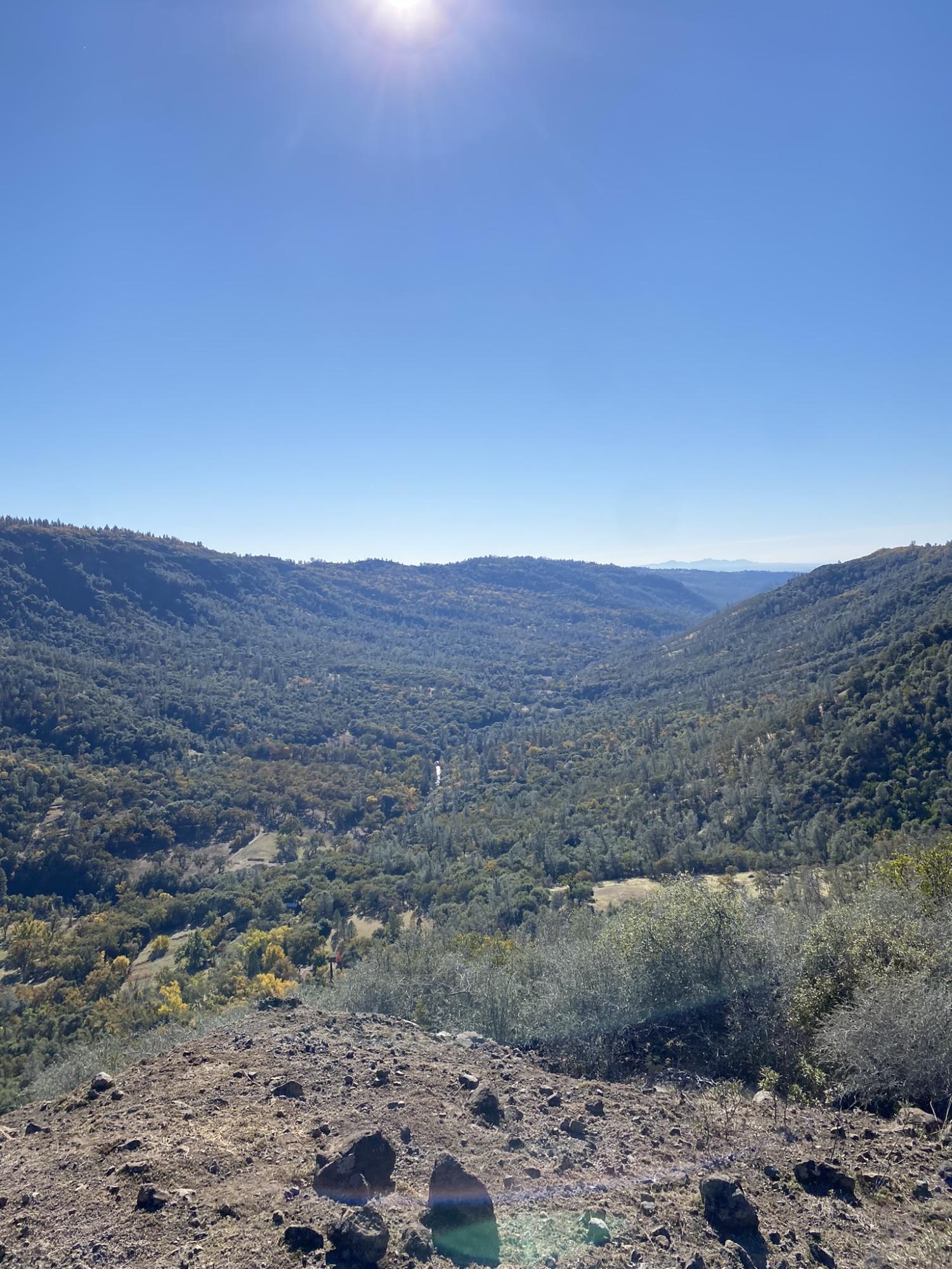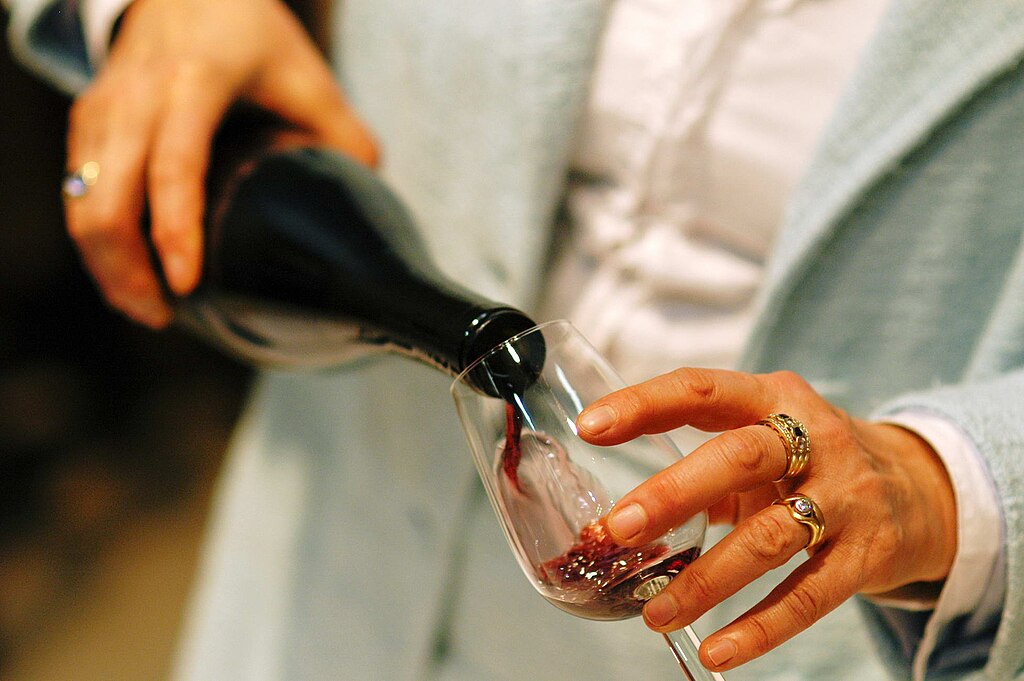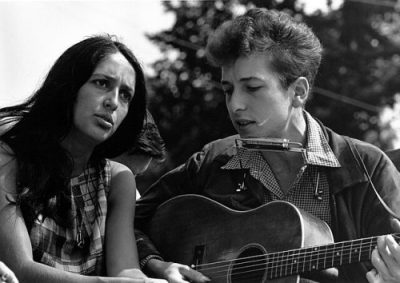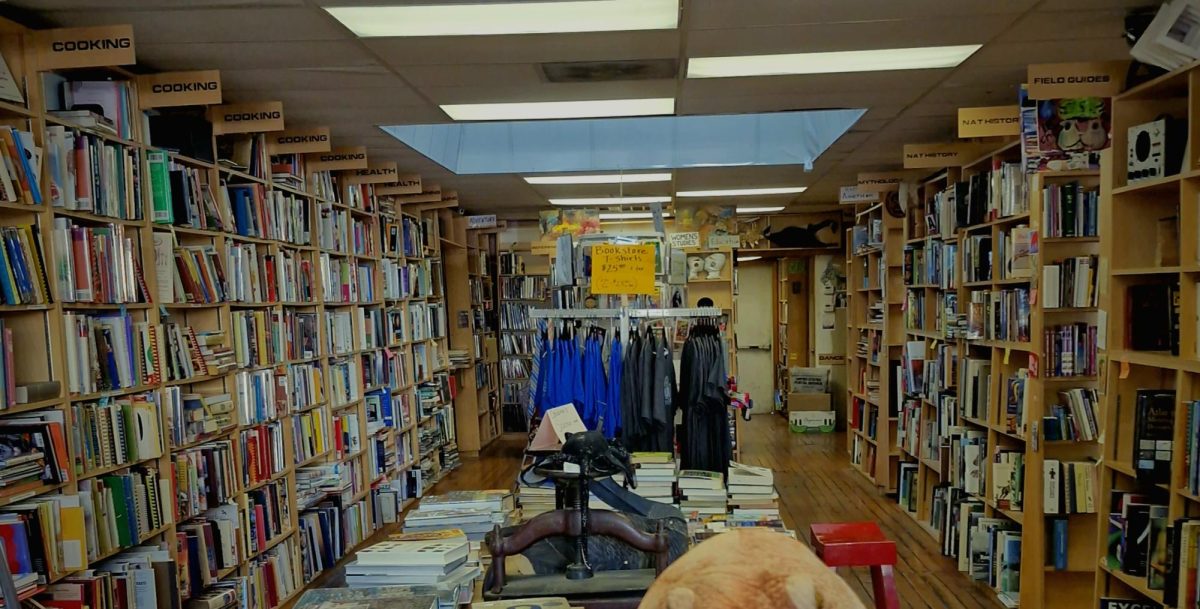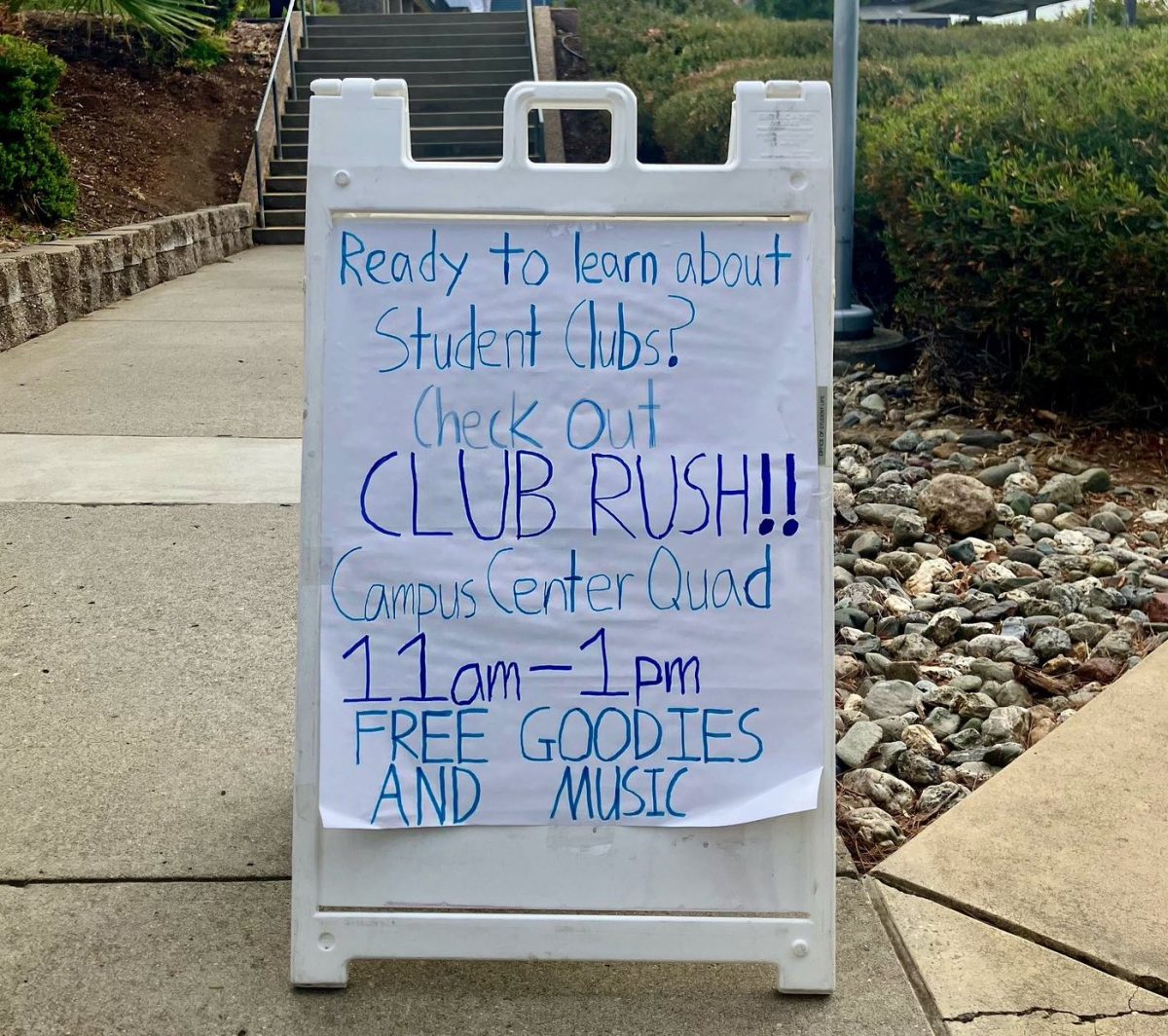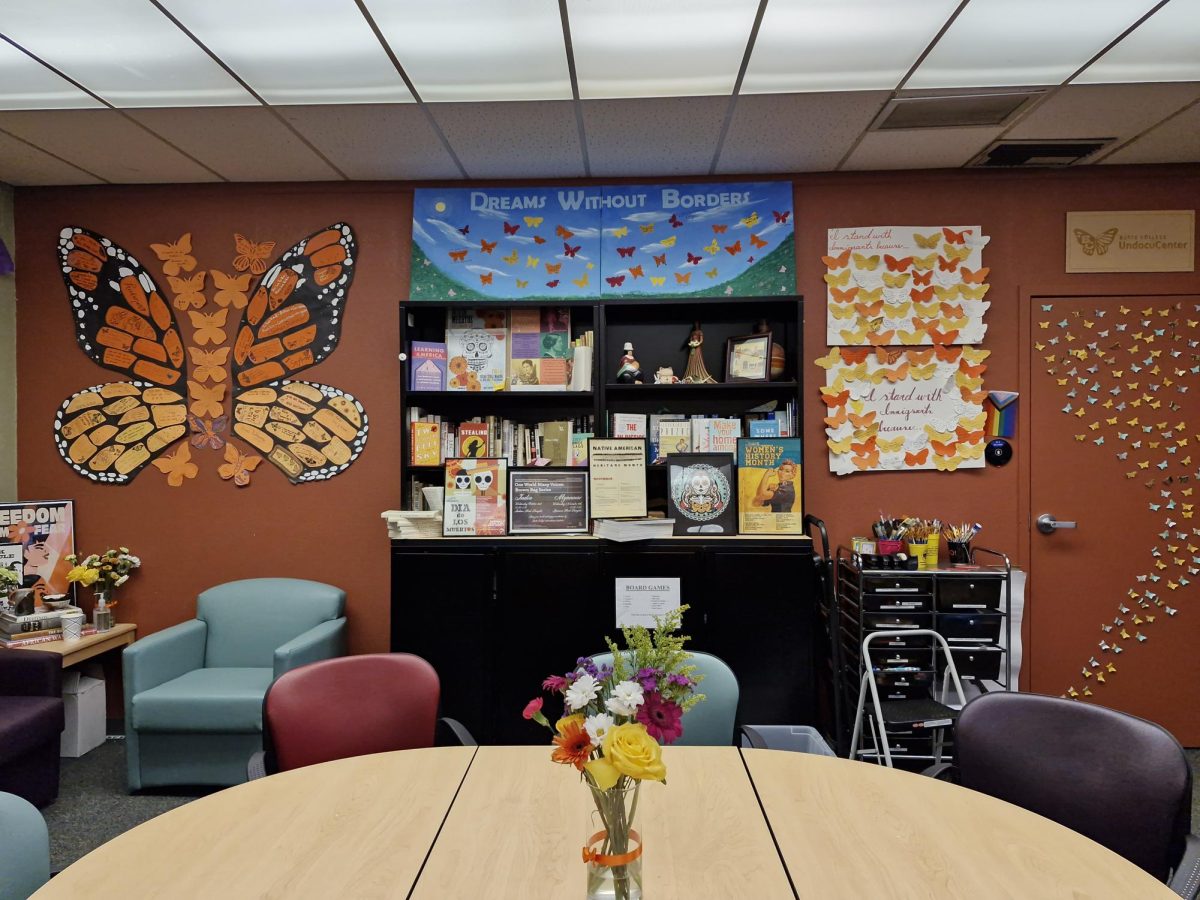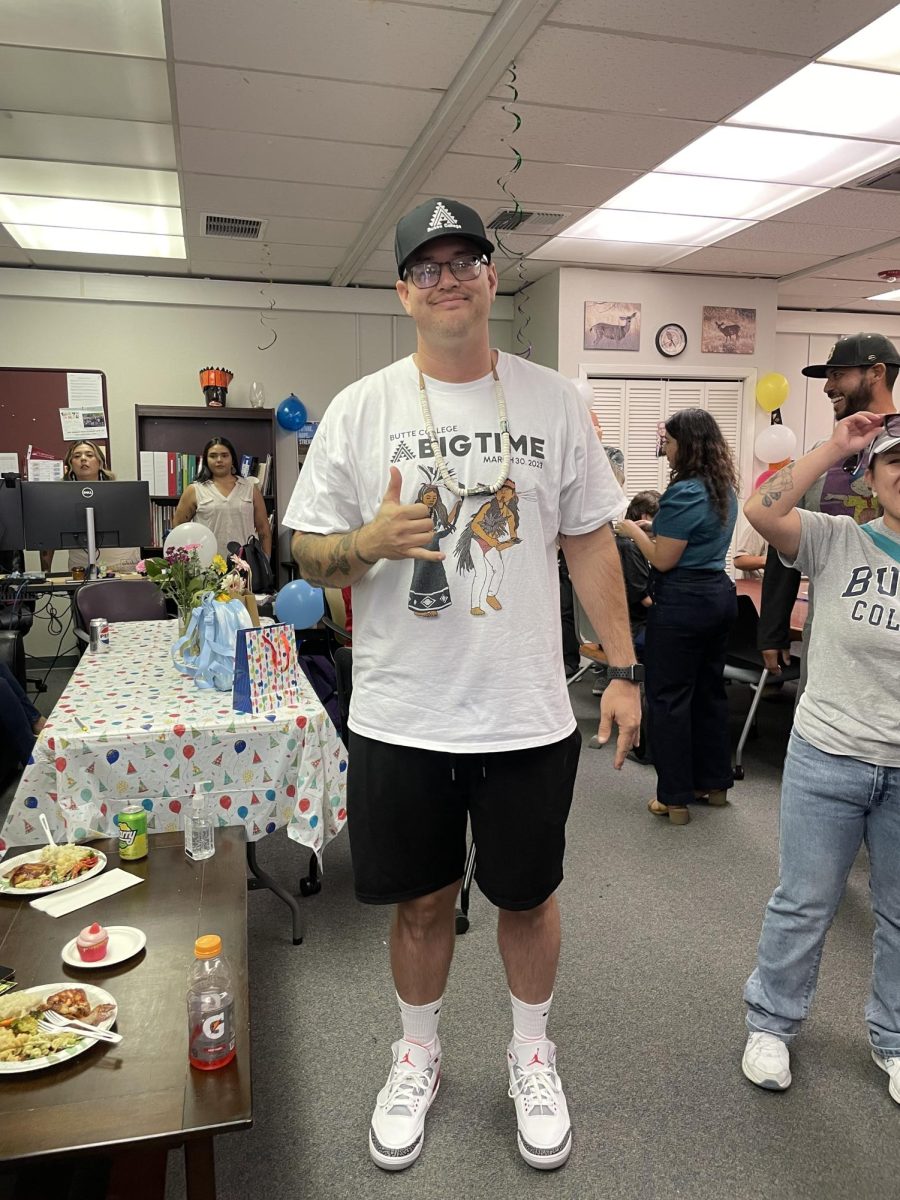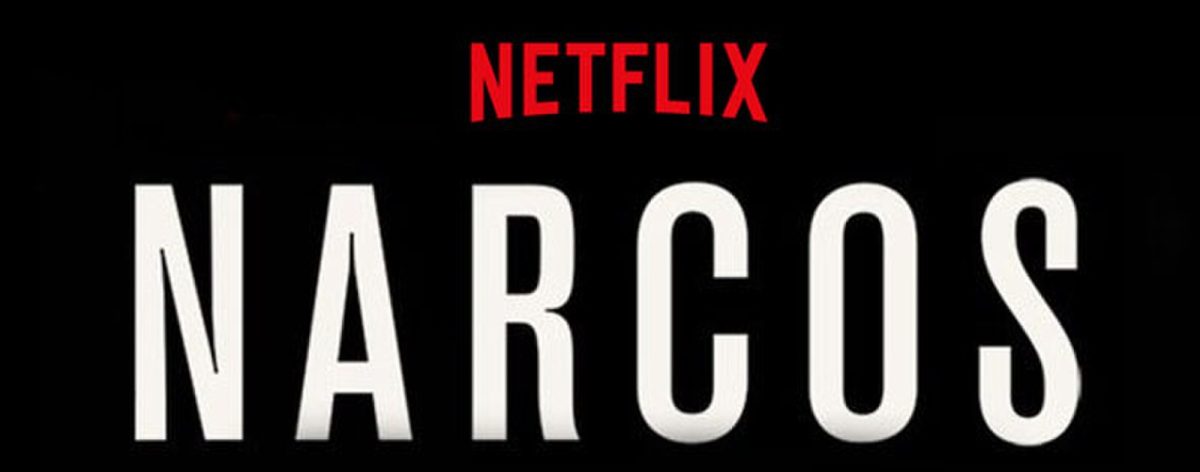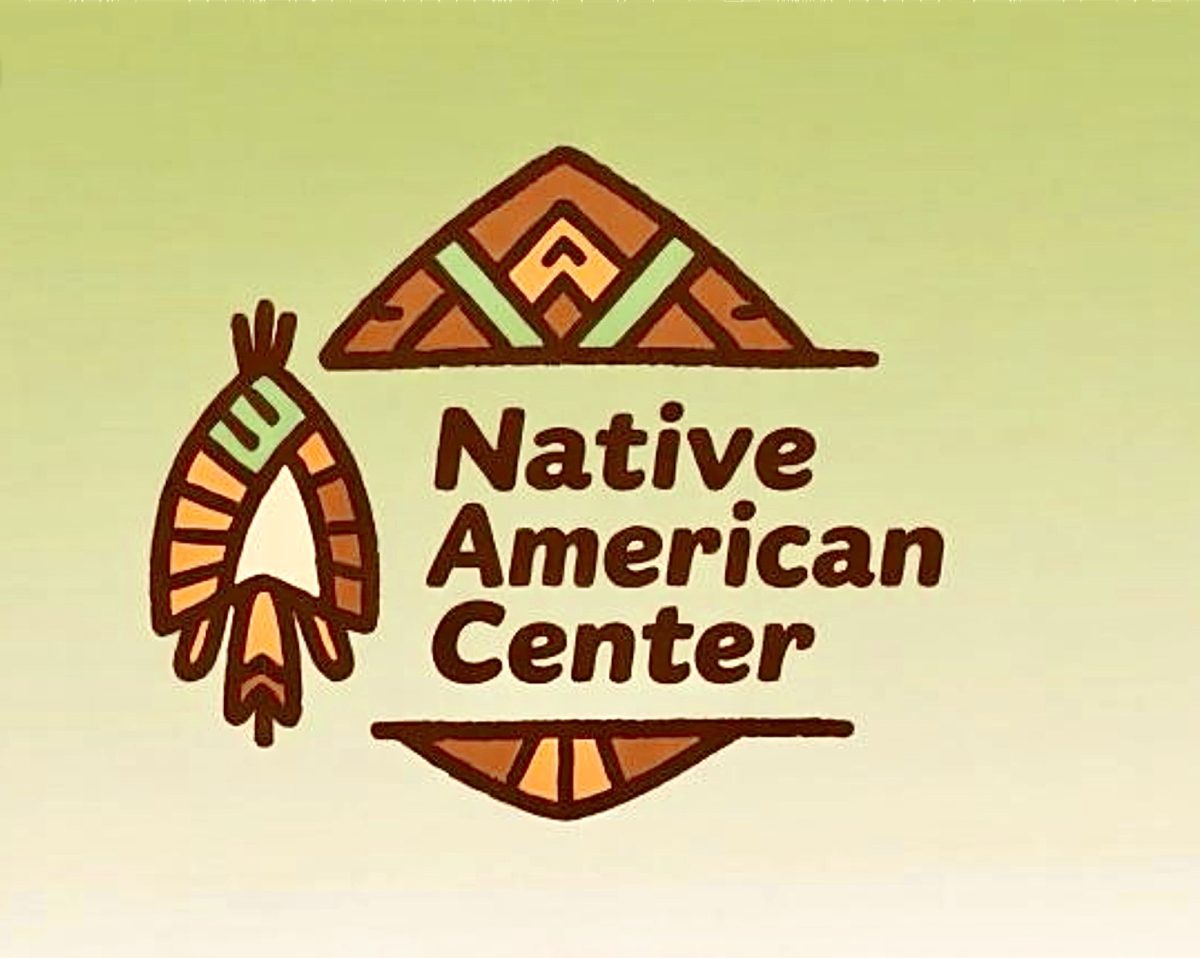In the case of two Butte County residents that work with the local land, the question of “what next?” following the Park Fire is met with a mix of hope, concern and discussion of the regeneration that the local landscape is expecting after experiencing one of the largest wildfires in California history.
Earlier this week, I spoke to the Big Chico Creek Ecological Reserve’s (BCCER) project manager, Rhianna Dutra. In the Park Fire, the majority of BCCER’s acreage (7,835 acres) was greatly impacted.
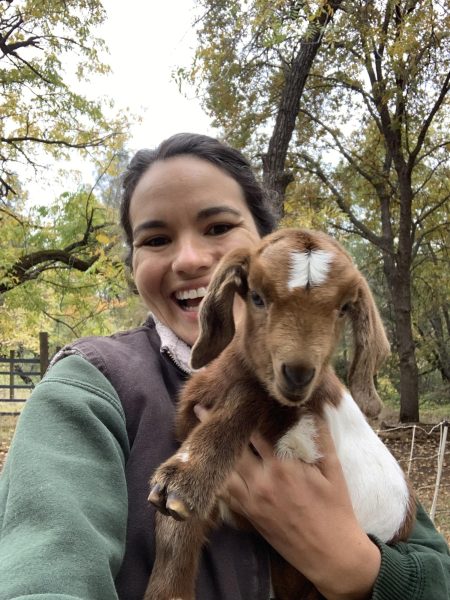
Rhianna Dutra. (Courtesy of Rhianna Dutra.)
During our conversation, the biggest question I had for Rhianna was what the community should be expecting to see in the next few months during the first stages of recovery. “We have been working with entities such as the City of Chico, RCD (Butte County Resource Conservation District), Butte County Fire Safe Council and others to prepare for erosion over winter.”
There are some concerns with winter rains in the burn scar leading to sediment washing down into the creek; this could possibly affect the Chinook salmon as well as worry Chico residents with the creek appearing brown because of runoff. “Every area that has burned could be affected by erosion, and we are worried for dirt road community members,” stated Dutra.
In addition to concerns of sediment in the creeks, residents that only have property access via dirt roads are subject to erosion washing out their routes home. Erosion in burn scars occurs because of the lack of vegetation holding soils in place; loose soil that is normally held in place by roots washes away during rain and snowstorms, leaving behind the hard compacted earth.
This is potentially problematic, but also gives BCCER the opportunity to monitor the burn scar and surrounding areas to see how the areas will be impacted by regeneration.
What are your hopes for regrowth?
“We are hoping for more native plants. In the Feather Falls burn scar, everything is covered in Scotch Broom, which is invasive and animals in the area don’t eat it. Everything evolves together, and native grasses help reduce compaction and fluff up the soils. I am hoping for a major wildflower bloom with poppies and lupin. As things grow back, animals come back and help maintain the land,” responded Rhianna.
When I asked if there were any benefits that followed the fire, I was informed that the gophers and ground squirrels were already returning to the impacted areas of the Reserve.
Rhianna also was pleased to let me know that a female fisher that had never before been spotted was seen in the area. “Nature is wonderfully resilient; our landscape has evolved for this. For fire. Nature is doing exactly what it is supposed to,” Rhianna Dutra, BCCER 2024.
Following my discussion with Rhianna, I had more questions to ask.
I turned to local Kyle Mason to see what answers he could provide from his point of view following the Park Fire. While getting to know Kyle and his stance, new perspectives began to reveal themselves.
What is your title? How are you involved in the fire and ecological community?
“My first title is with Big Chico Creek Ecological Reserve, where I hold the position of land steward 2,” Kyle informed me. This position is research-filled; Kyle studies fire as far back as he can in history and records modern fire data. Fire ethnographers (what Kyle is) see how people interact and use fire, or in this case, how fire burns and changes the land.
I was mostly curious to discover what Kyle’s take on the changes to the local landscape looked like. Ultimately, the conclusion was that he was not too stressed or worried ecologically— in gray pine and blue oak landscapes like Upper Park, the “bounce back” is likely following a wildfire.
However, in heavier, densely populated forests like in the Ishi Forest area, it may take more time for recovery, simply because the area reacts differently with fire.
Something important to note is that Kyle Mason is originally from Paradise, where he survived the 2018 Camp Fire; ironically, it is this event that eventually led Kyle to study fire and learn how to use “good” fire.
What are you looking forward to learning over the duration of recovery?
“I am looking forward to seeing what worked in Cohasset. Where PBA (Prescribed Burn Association) had done scheduled burns in Cohasset didn’t burn, and there’s a green pocket. Seeing what worked can be highlighted to the public as an example of what to do as preventative measures,” said Kyle during our call.
So it’s all in progress?
“A big work in process!”
Unfortunately, wildfire is a very real part of reality for many residents in Butte County— year after year. However, the resilience that the land has to fire shows itself each time it burns.
So, what’s next?
For now, residents can remain vigilant as we near the end of fire season and actively participate in discussions on fire safety and recovery efforts. To learn more information about the entities in this article, please visit the links below.
—
To help Bidwell Park directly, please visit the link below: https://friendsofbidwellpark.org/how-you-can-help-bidwell-park/
To learn more about the Big Chico Creek Ecological Reserve: https://www.csuchico.edu/bccer/
Butte County Fire Safe Council: https://buttefiresafe.net/
Butte County Resource Conservation District: https://www.bcrcd.org/

